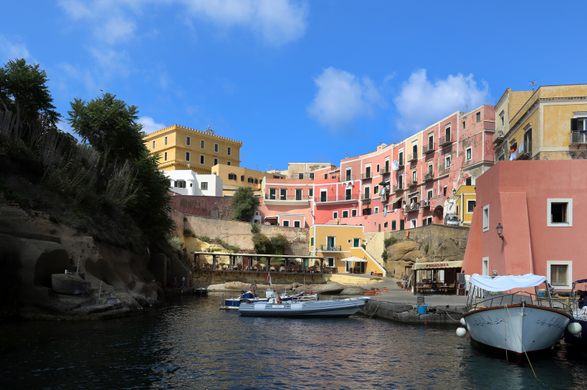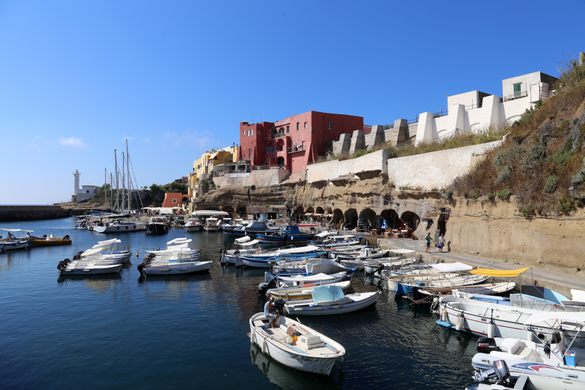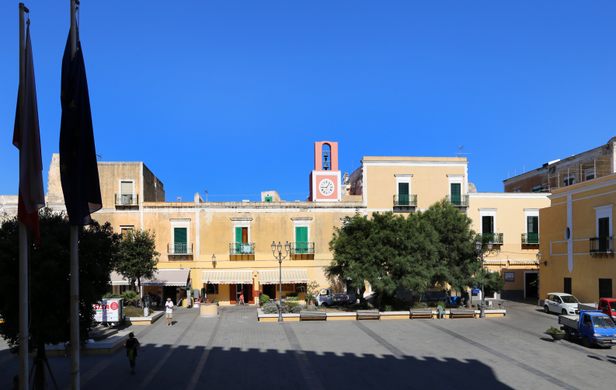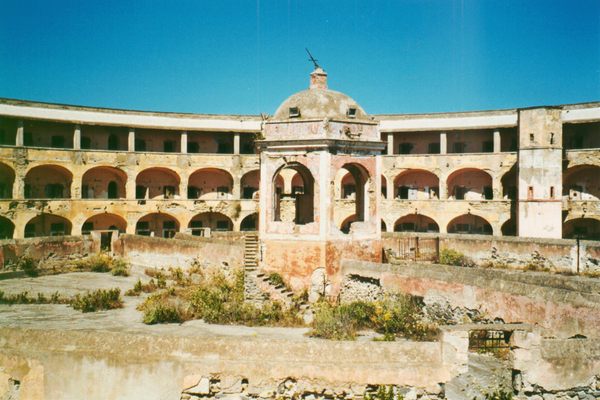Ventotene
A founding document of the European Union was written on an island where Roman emperors once banished women.
This small island has a long, politically charged past. During its many years of human history, it hosted a range of people, from exiled Roman women to the men who penned a document that helped inspire the European Union.
Ventotene was first inhabited during Roman times, when Emperor Augustus had a big holiday villa built here. The Emperor later banished his daughter Julia the Elder to this villa as a punishment for her adultery.
Julia the Elder wasn’t the first woman sent away to this island by an emperor. Augustus’ granddaughter Agrippina the Elder was sent here by Tiberius. Agrippina’s son became Emperor Caligula, who banished his sister Julia Livilla here. Later, Emperor Nero banished his first wife Claudia Octavia on Ventotene, and the daughter of Emperor Vespasian, Flavia Domitilla, was banished here by her uncle Emperor Domitian for her conversion to Christianity.
Ventotene was inhabited intermittently during the following centuries until a new town was built in the 18th century. Under the fascist rule in Italy, Ventotene again became a place to send political opponents. Anti-fascist writers Altiero Spinelli and Ernesto Rossi were banished here when, in 1941, they wrote the Ventotene Manifesto, hoping for a united Europe to prevent future wars. The manifesto is now considered as one of the founding and most important documents in the history of the European Union.
Know Before You Go
The small Island of Ventotene is located in the Tyrrhenian sea, near the smaller Santo Stefano Island and between the bigger islands of Ischia, to the east, and Ponza, to the west, about 25 nautical miles off the coast of Gaeta.


















Follow us on Twitter to get the latest on the world's hidden wonders.
Like us on Facebook to get the latest on the world's hidden wonders.
Follow us on Twitter Like us on Facebook